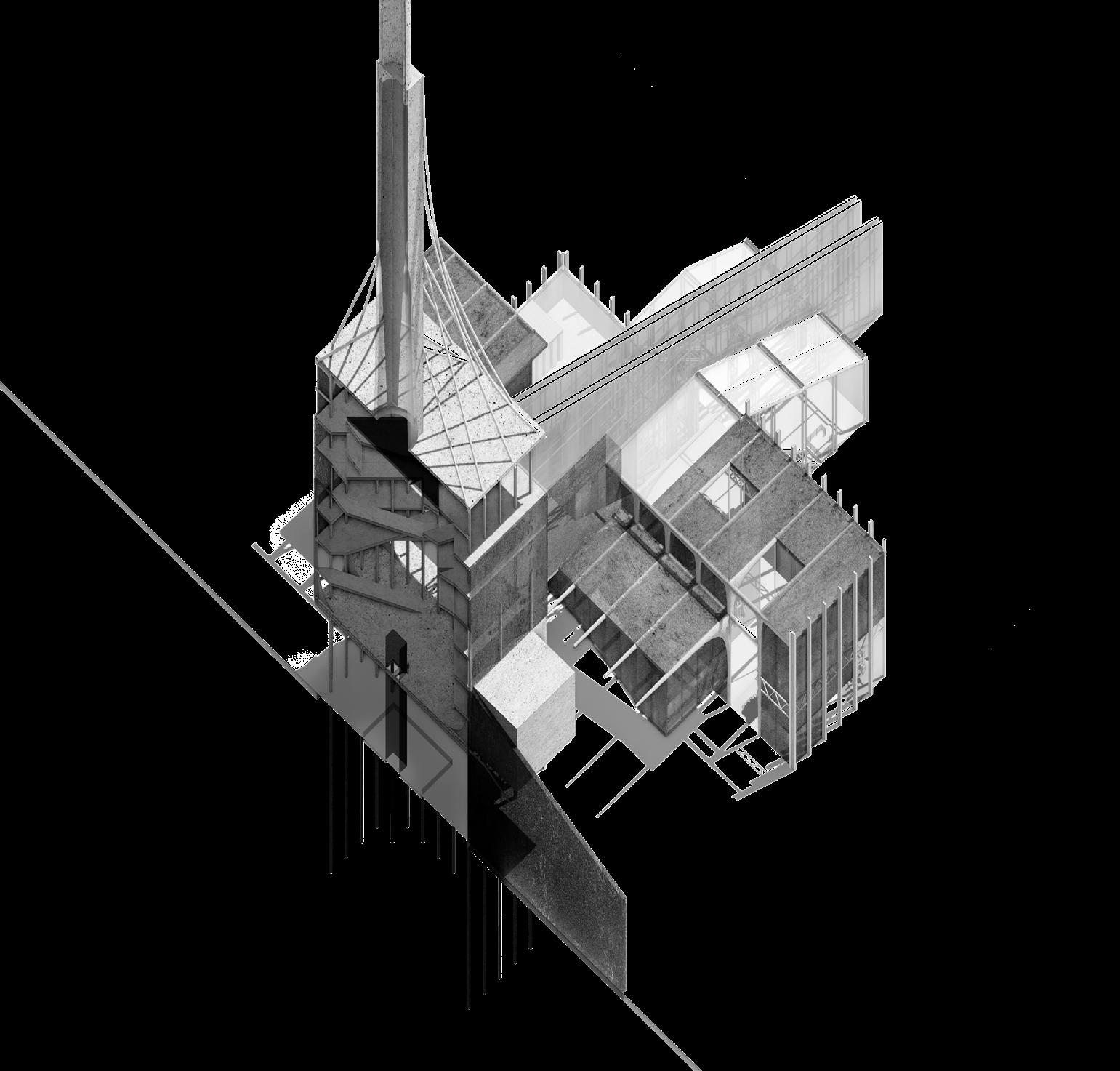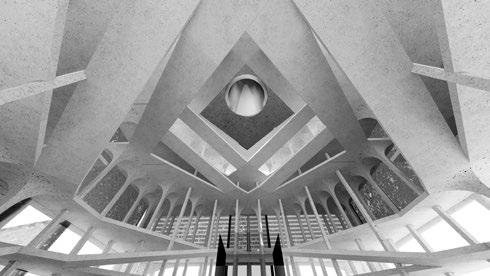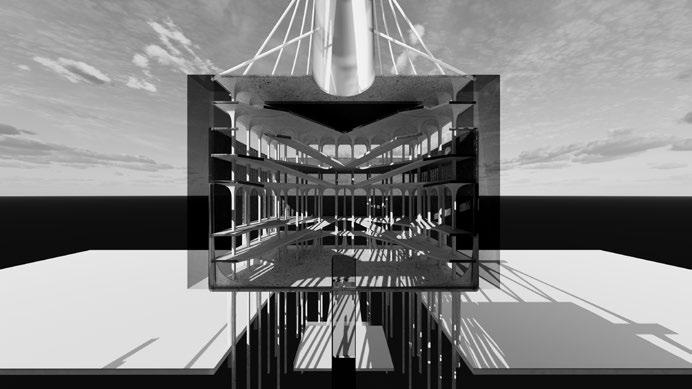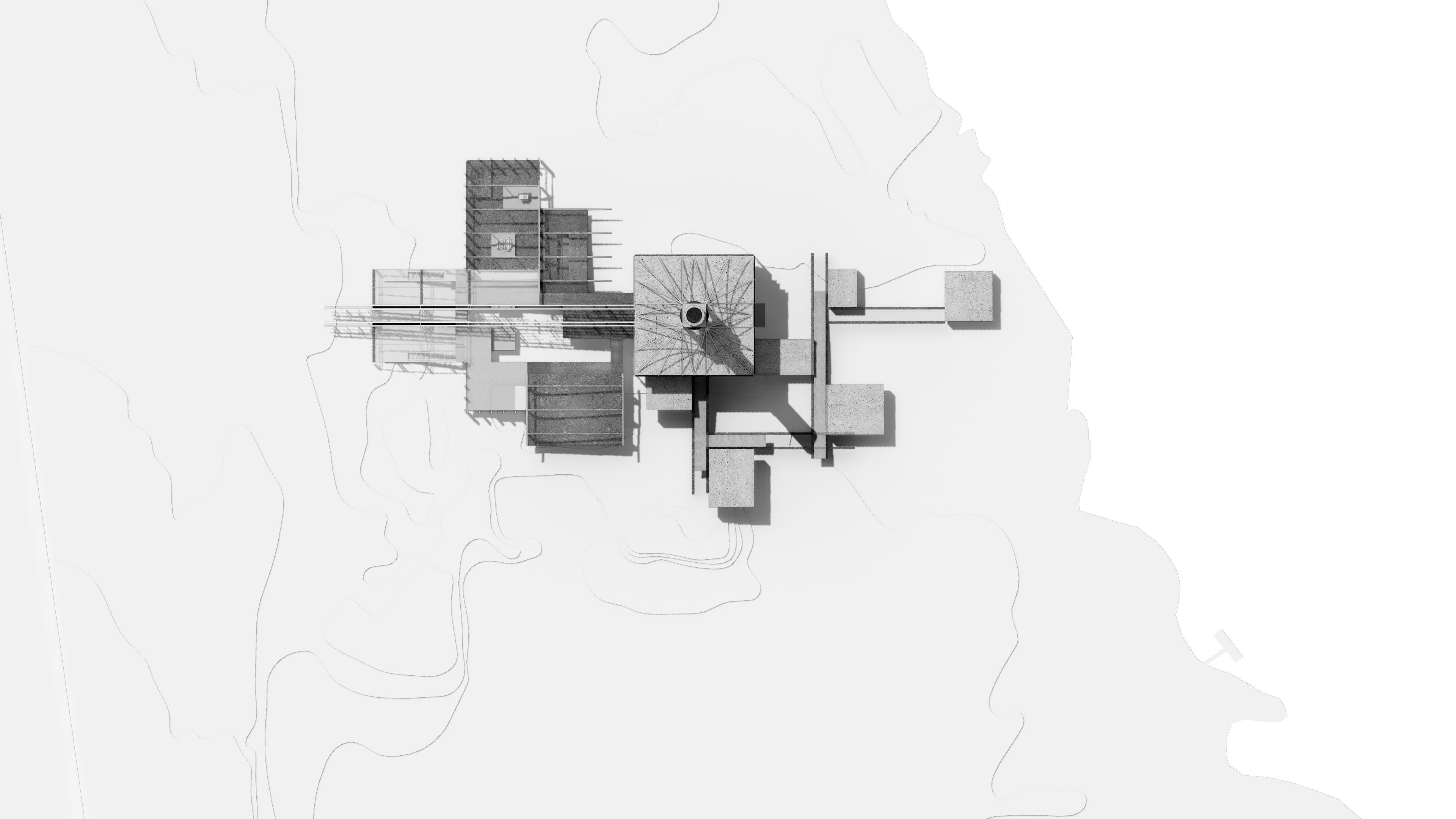
3 minute read
2. FINAL DESIGN REJECTED ITERATION
2. FINAL DESIGN ITERATION REFLECTION
ere is a detailed project design test before the nal project, which deeply revealed that the independent system is not the way to achieve the thesis proposal, which is nding a new life cycle, including vanishing as the motivation to keep things reborn. is leads to the nal design being changed based on an urban cycle logic rstly, then coming to site-speci c.
Advertisement
Till the later of the design study, there is still a struggle to decide whether to continue with one speci c architectural design or to generate an urban universal architecture interpretation. is nal test on the independent system proved that the internal cycle, if not connected with some mega cycle, will never work e ciently and always tends to settle down and lead to the failure of elaborating a new life cycle.
e program follows a similar layout to the nal design: industry gallery, event centre and chapels.
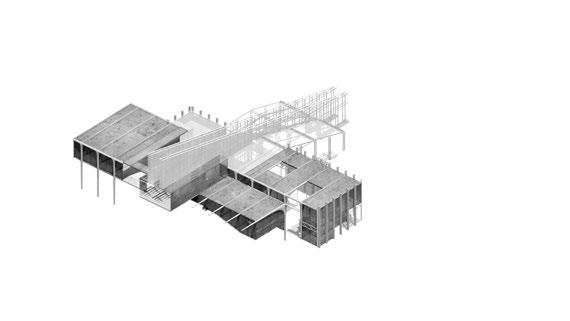
Program 1: Exhibition centre

e program is similar to the nal program; the rst part started with introducing the owing system to the public. Following iteration 3’s transition idea, there is a transition from history to current by using the mechanical structure and fabric-formed concrete solid structure.
Strategy 1: double layer polycarbonate wall
Here is where the polycarbonate wall was introduced into the design due to its translucent appearance and nice thermal and acoustic insulation quality.
Reject reason: Using four layers of wall system just to present some idea dramatically is very formalism. If people cannot interact with the owing system, there is no point in its existence. is leads to the nal design’s owing system only existing to bring functions instead of just presenting some spirit. is switch re ected the classible architectural value as the spiritual celebration is normally hard to engage. is leads to the rejection of useless decoration as it reveals spirit cannot get grounded in reality.

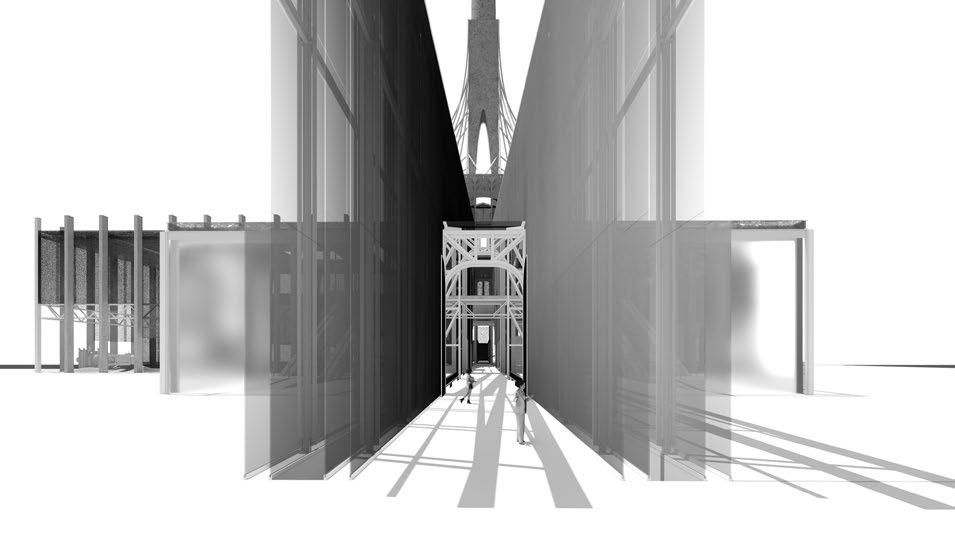
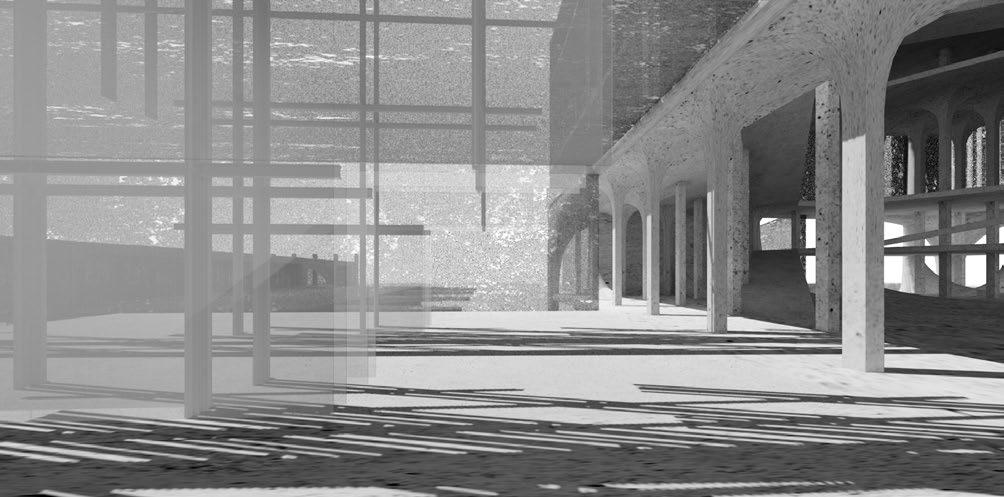
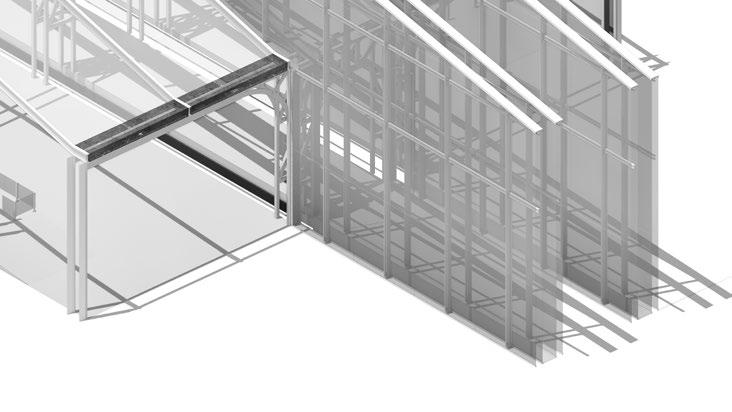
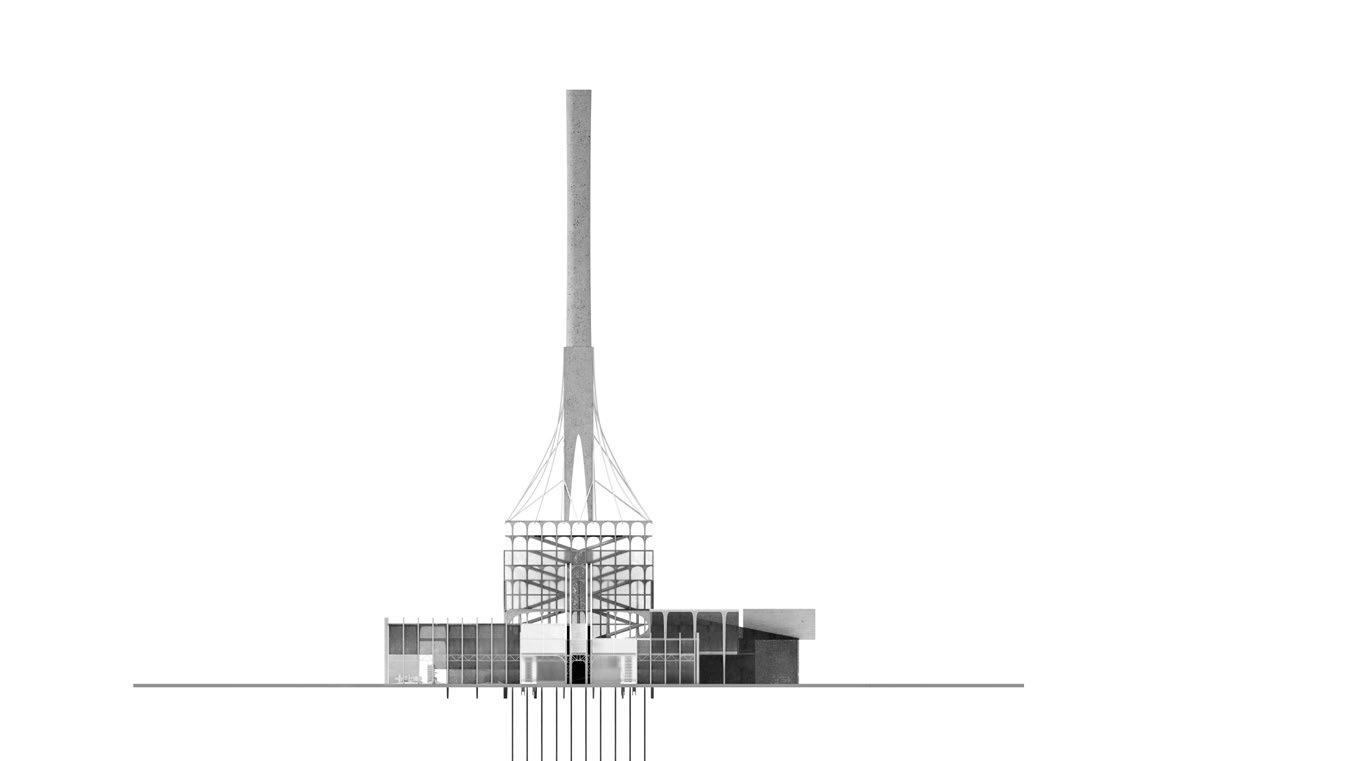
Program 1: Library center
e thoughts here are that wasted material is delivered to the site by trucks, and by owing through this architectural facility, it adds organisms to the construction waste to make it recyclable. e illogical here is simply adding organisms to the concrete waste. Will it make concrete recyclable? Does the concrete waste recycle suit for normal recycling of agricultural waste and plastic waste, which could be decomposed by nature?

is leads to the nal design set of two ow cycles for construction waste and agricultural waste—one for inorganic substances and one for organic substances. Due to the recycling method being di erent, simply merging the matters will not be able to generate a workable life cycle.
Reject reason: e oating chimney's structural issue is hard to solve. e architectural language used here also exists without re ecting the owing system, but just formalism. erefore in the nal design, the chimney is entirely embedded into the architecture instead of disappearing in the new building.
